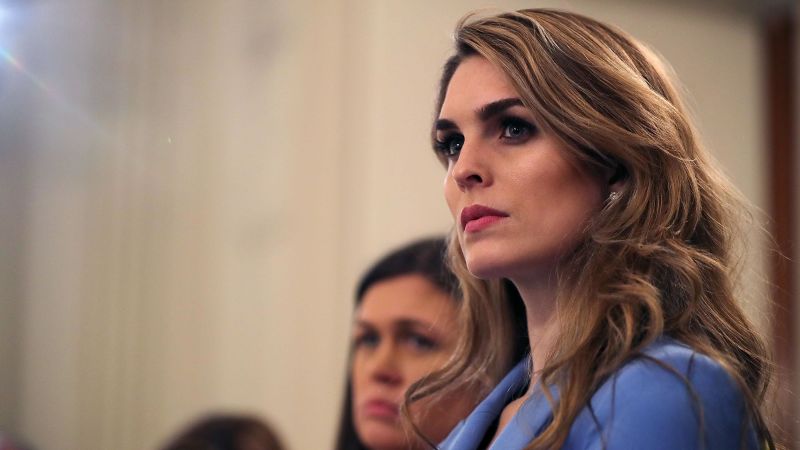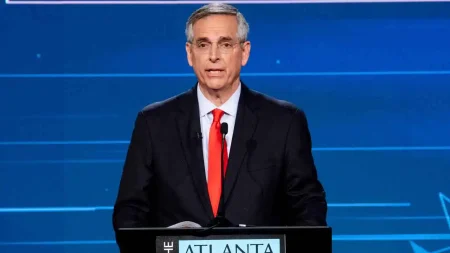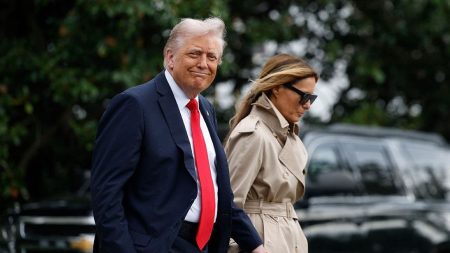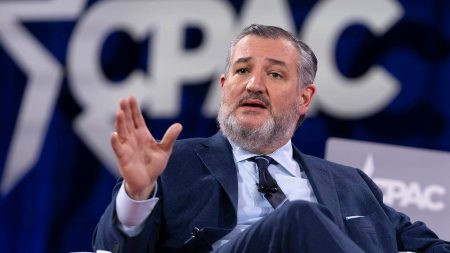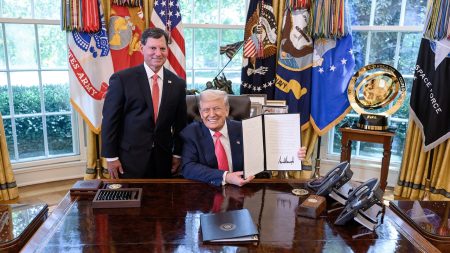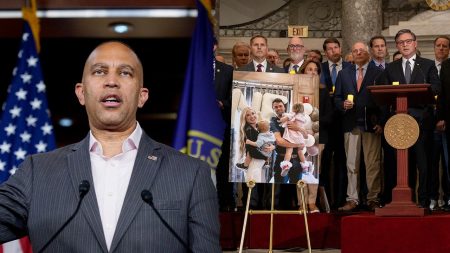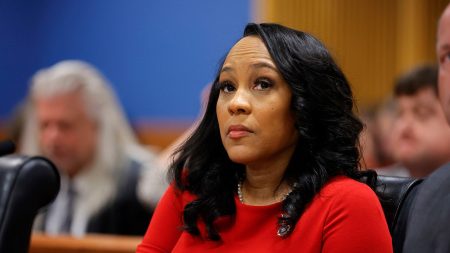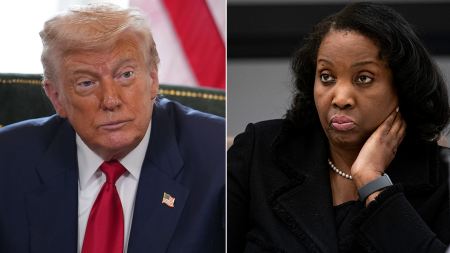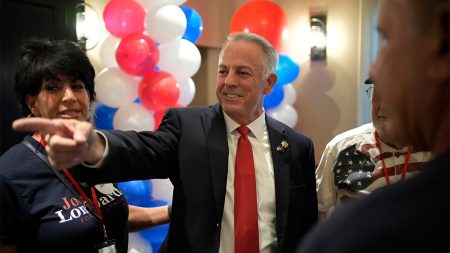During her testimony, Hicks was asked about her involvement in events leading up to the hush money payments made by Trump’s former lawyer, Michael Cohen, to adult film actress Stormy Daniels. Reid describes how Hicks became emotional while discussing her loyalty to President Trump and how she struggled with the decision to leave his side. This emotional response humanizes Hicks, who has been portrayed in the media as a steadfast supporter of Trump. Her tears in court reveal a vulnerability that many may not have associated with her prior to this moment.
Reid also touches on how Hicks’ loyalty to Trump was a significant factor in her decision-making during her time in the White House. Hicks reportedly testified that she felt “protective” of Trump and did not want to disclose any potentially damaging information that could harm him. This loyalty and protectiveness towards Trump sheds light on Hicks’ mindset and motivations during her tenure as a key member of his staff. It also raises questions about the extent to which Hicks was willing to go to shield Trump from repercussions of his actions.
Another point made by Reid is the potential legal implications of Hicks’ emotional testimony. Hicks’ tears in court could be interpreted as a sign of genuine remorse or distress over her involvement in the events preceding the hush money payments. This display of emotion could potentially sway the jury or judge in the case, as it humanizes Hicks and may elicit sympathy from those involved in the trial. However, it could also be seen as an attempt to manipulate emotions and garner sympathy in order to mitigate any legal consequences she may face.
Furthermore, Reid discusses the impact of Hicks’ testimony on Trump and his reputation. As a former close ally and confidante of the president, Hicks’ emotional display in court may paint Trump in a negative light, revealing the toll his actions have taken on those closest to him. This could further damage Trump’s public image and reputation, as it shows the personal cost of his controversial decisions and behaviors. Hicks’ emotional testimony may also fuel speculation about the extent of Trump’s involvement in the hush money payments, as well as the lengths his inner circle went to in order to protect him.
In addition, Reid highlights the broader implications of Hicks’ emotional testimony for the ongoing hush money trial and its potential impact on future legal proceedings involving Trump. Hicks’ emotional display in court could set a precedent for how other key figures in Trump’s inner circle may choose to handle their own testimony in similar cases. It may also influence how future witnesses are perceived by the court and the public, as emotions are often seen as indicators of truthfulness and sincerity. Hicks’ testimony could therefore have far-reaching effects on the outcome of the trial and on how Trump and his associates are viewed in the court of public opinion.
Overall, Reid’s breakdown of Hicks’ emotional testimony sheds light on the complexities of loyalty, legal implications, and personal consequences in high-profile criminal trials involving public figures. Hicks’ tearful appearance in court humanizes her and raises questions about the motivations behind her actions during her time in the White House. This emotional display also has the potential to impact the outcome of the hush money trial and future legal proceedings involving Trump and his associates. As the trial continues, the significance of Hicks’ testimony and the emotional weight it carries may continue to shape public perception of Trump and those close to him.




